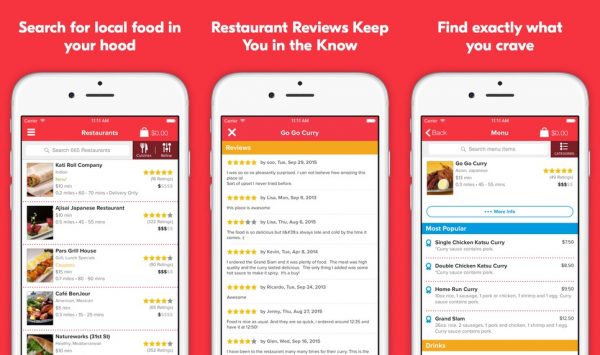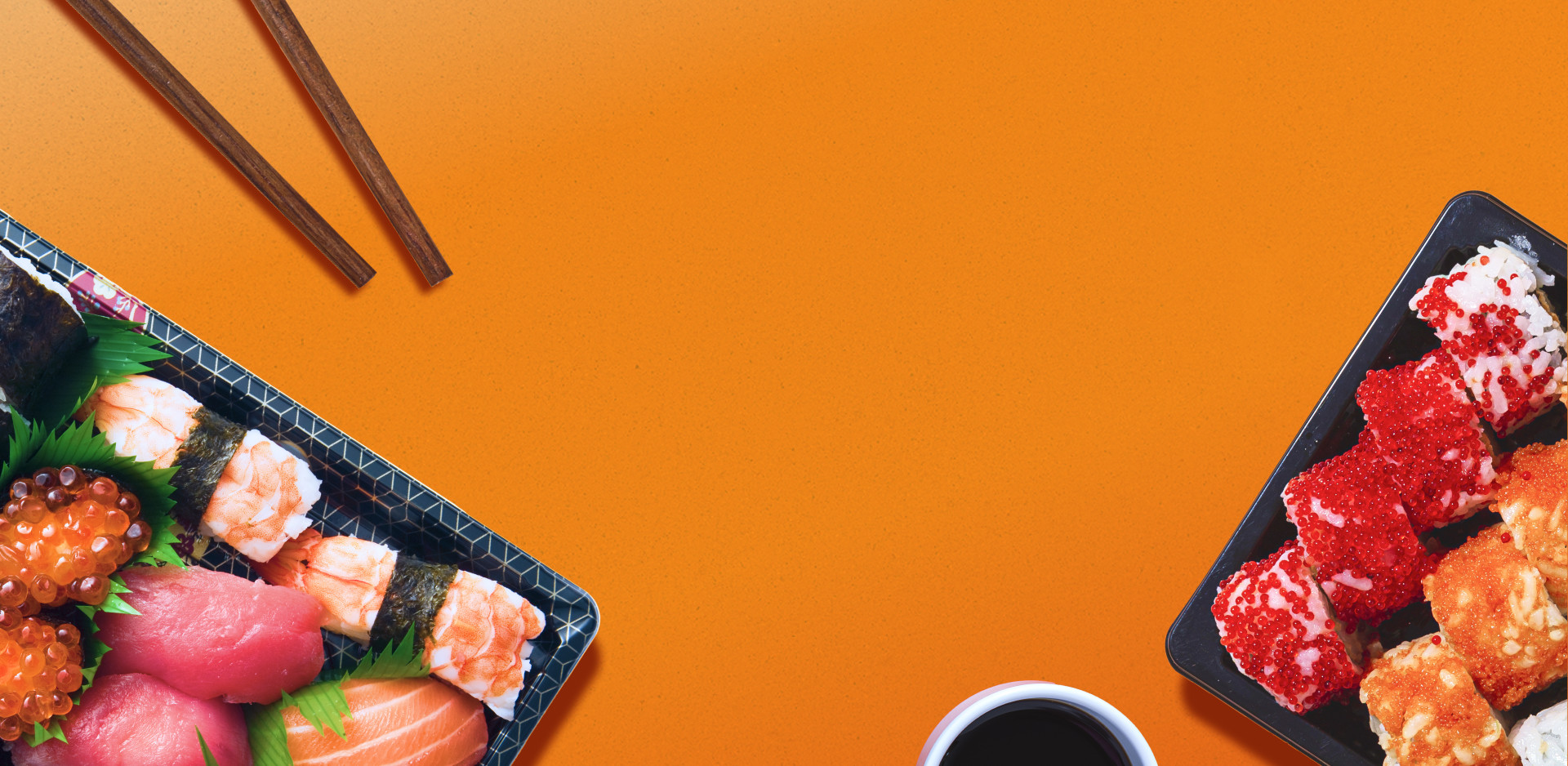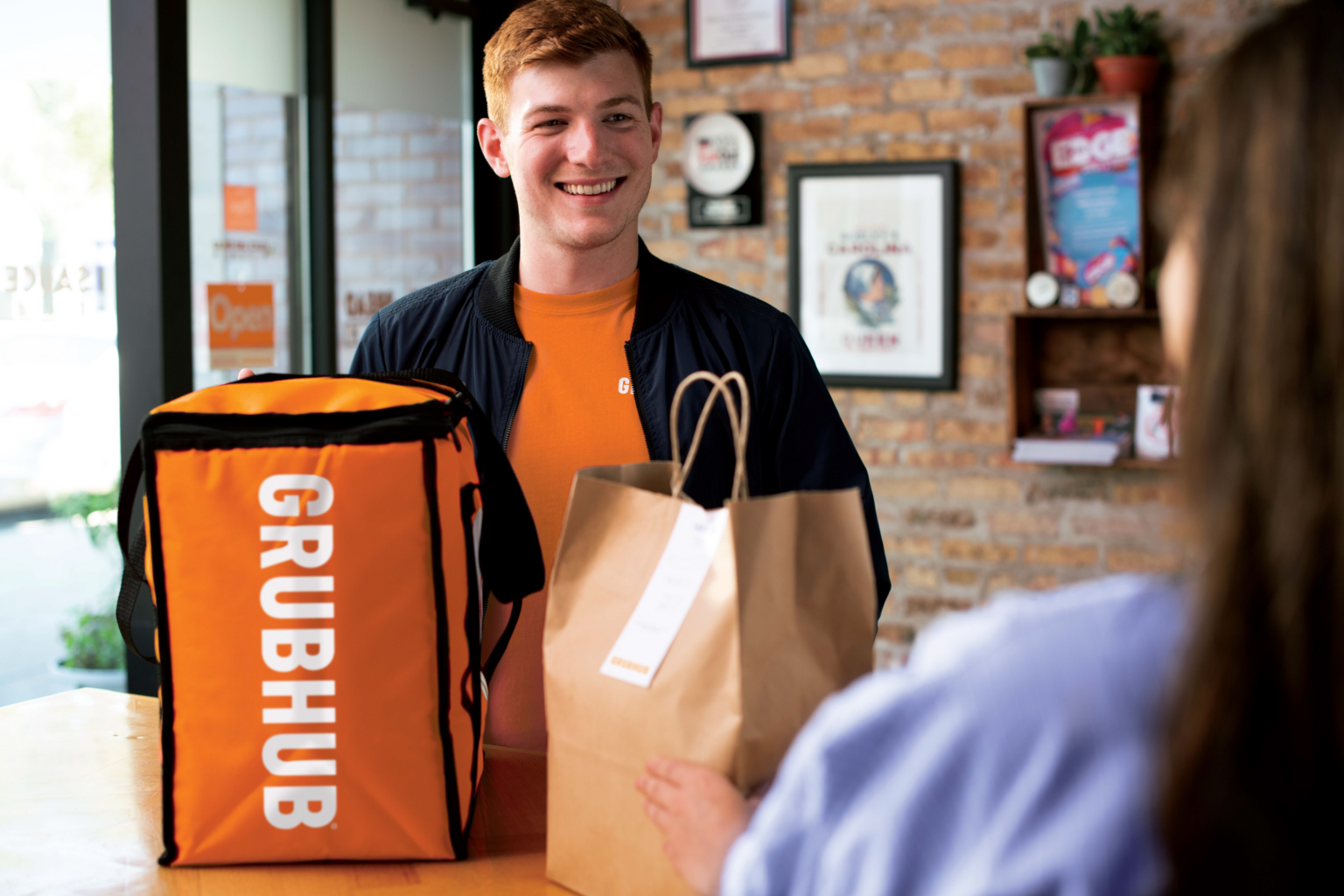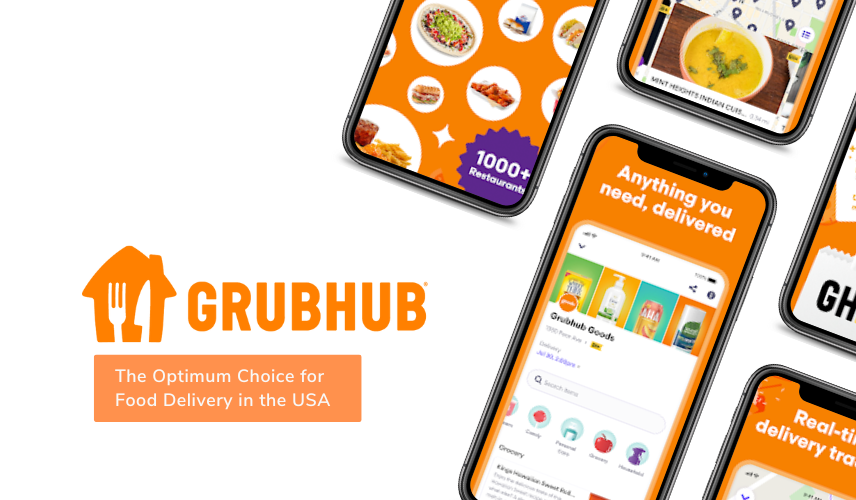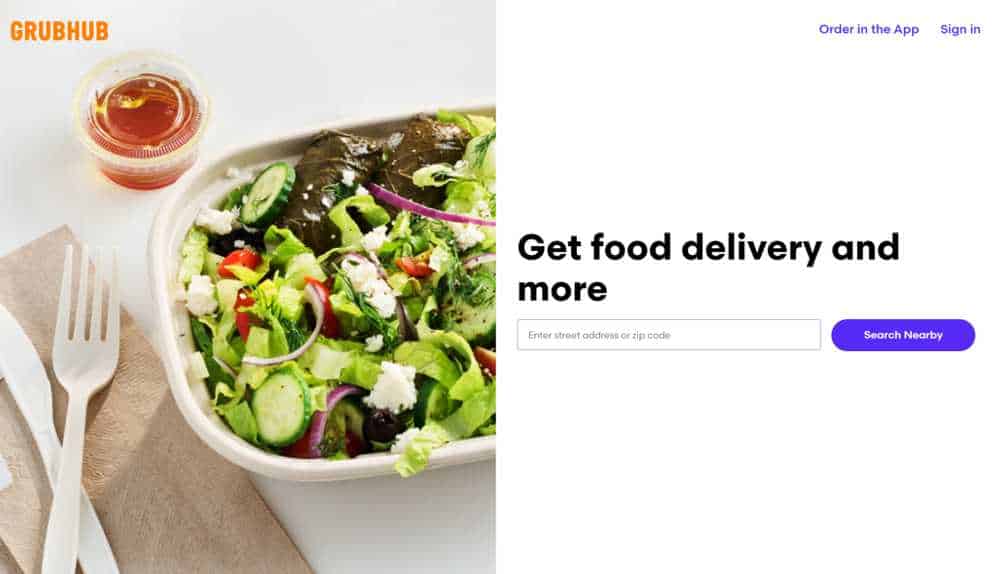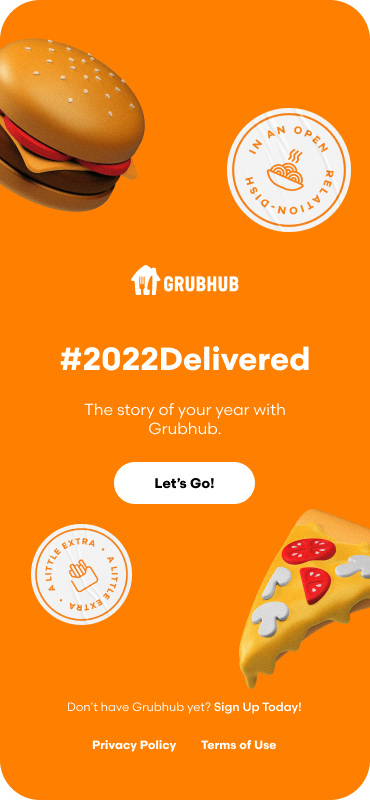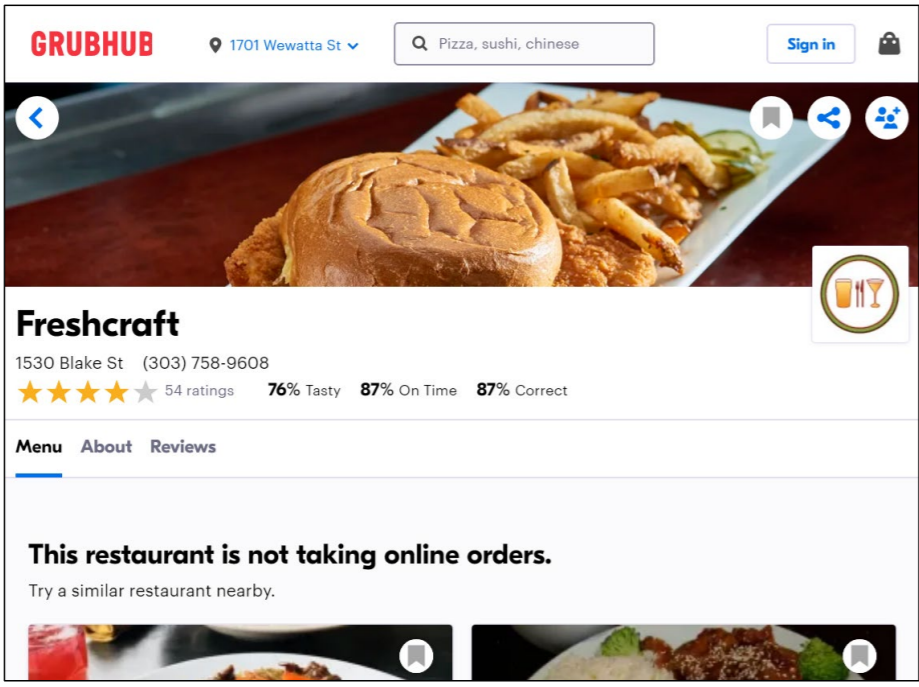Grubhub No Open Restaurants Near You

The digital silence can be deafening. Imagine ordering takeout on a Friday night, only to be met with the dreaded message: "No restaurants near you are currently open on Grubhub." This is becoming an increasingly common experience for users nationwide, raising questions about the platform's reliability and the broader health of the restaurant and gig economy.
At the heart of this issue lies a complex interplay of factors affecting Grubhub and similar food delivery services. Restaurant staffing shortages, fluctuating driver availability, and the ever-evolving demands of consumers all contribute. This confluence creates a frustrating situation, leaving hungry customers stranded and potentially impacting the revenue of businesses that rely on these platforms.
Understanding the Root Causes
The most prominent reason for restaurant closures, as cited by the National Restaurant Association, is the ongoing labor shortage. Many restaurants are struggling to find and retain staff, particularly for evening and weekend shifts, which directly impacts their ability to fulfill delivery orders through platforms like Grubhub.
Beyond restaurant staffing, the availability of delivery drivers significantly impacts the user experience. The gig economy workforce is fluid, with drivers often switching platforms or leaving the industry altogether due to factors such as gas prices and perceived earnings. Grubhub, like its competitors, relies on a sufficient pool of independent contractors to ensure timely deliveries.
Changes in consumer behavior also play a role. Post-pandemic, some customers have returned to dining in, reducing reliance on delivery services. This shift can lead to unpredictable order volumes, making it challenging for restaurants to optimize their operations and remain consistently available on platforms like Grubhub.
The Impact on Restaurants and Consumers
For restaurants, the inability to consistently offer delivery through Grubhub can be detrimental. Delivery services represent a significant revenue stream for many establishments, especially those with limited seating or those seeking to expand their reach. Lost orders translate directly to lost income.
Consumers face inconvenience and frustration when encountering the "No restaurants open" message. They are forced to explore alternative options, switch to competing platforms, or abandon their plans for takeout altogether. This erodes customer loyalty and damages Grubhub's reputation.
"The reliability of these platforms is crucial for both restaurants and customers," says Sarah Miller, a restaurant consultant specializing in delivery optimization. "When that reliability falters, everyone suffers."
Grubhub's Response and Potential Solutions
Grubhub acknowledges the challenges and is actively exploring solutions. The company has invested in driver recruitment and retention initiatives, including offering incentives and improving pay structures. These efforts aim to bolster the driver pool and ensure sufficient coverage during peak hours.
The company is also working with restaurants to optimize their operations and improve staffing levels. This includes providing data-driven insights to help restaurants forecast demand and adjust their schedules accordingly. Grubhub may also offer tools to help restaurants manage their online presence and ensure accurate information is displayed to customers.
Furthermore, exploring partnerships with smaller or less well-known establishments could help maintain availability. Diversifying the selection of restaurants may improve the chances of customers finding an open option, even during periods of high demand or low staffing.
The Future of Food Delivery
The future of food delivery platforms like Grubhub hinges on their ability to adapt to the evolving landscape. Addressing the root causes of restaurant closures and driver shortages is essential for ensuring long-term viability. Innovation in logistics, technology, and partnerships will be crucial.
Expect to see further experimentation with delivery models, such as shared delivery networks and autonomous delivery vehicles. These innovations could potentially reduce costs and improve efficiency, making delivery services more accessible and reliable.
Ultimately, the success of Grubhub and its competitors will depend on their ability to provide a seamless and reliable experience for both restaurants and customers. Overcoming the "No restaurants open" hurdle is a critical step in securing their place in the ever-changing food industry.
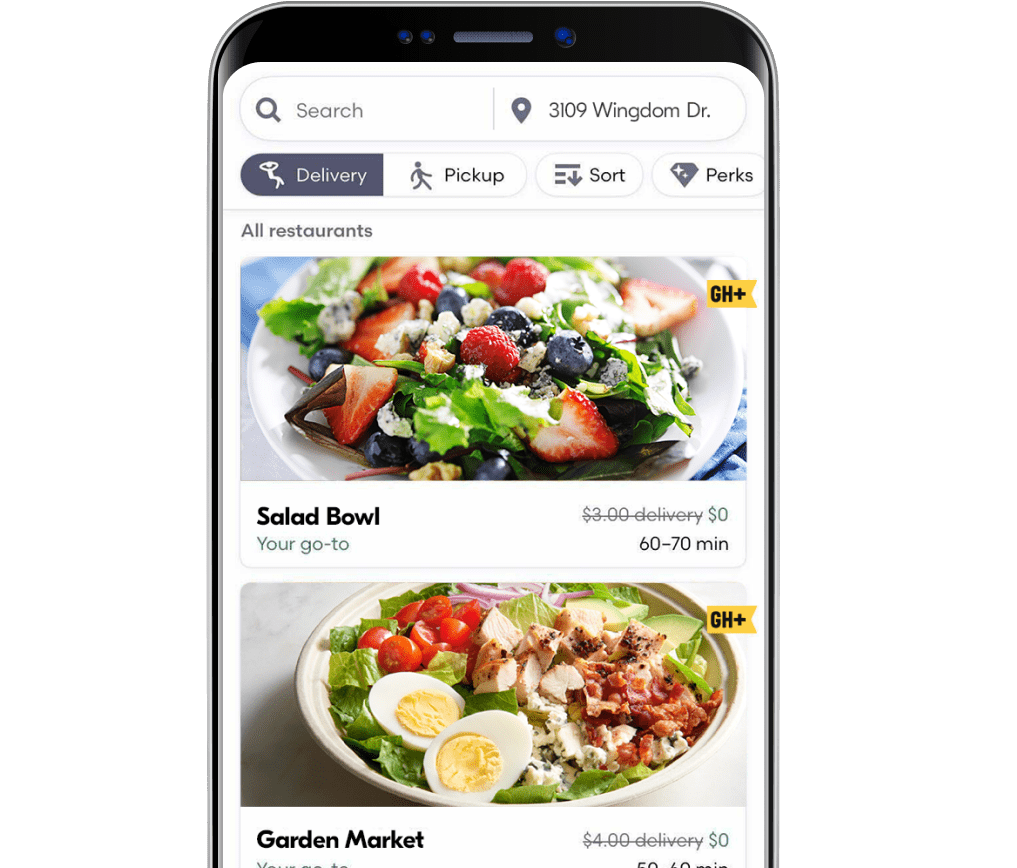

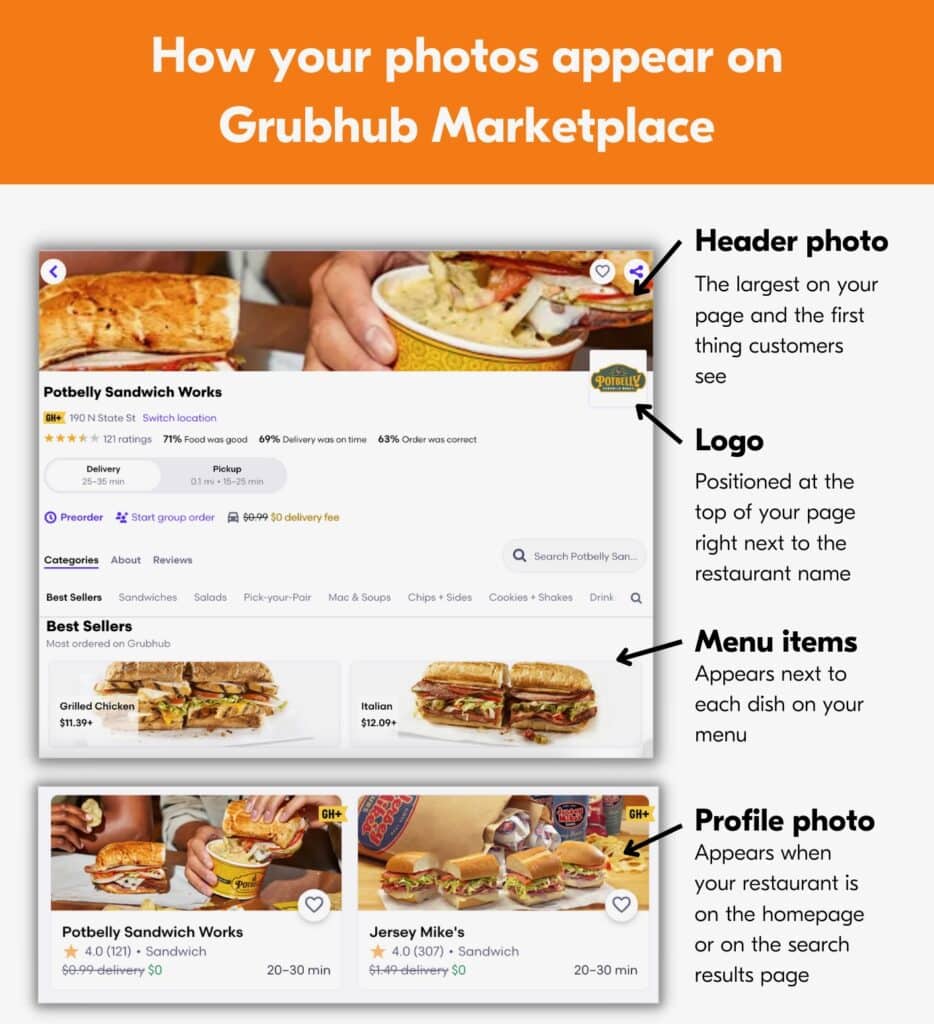
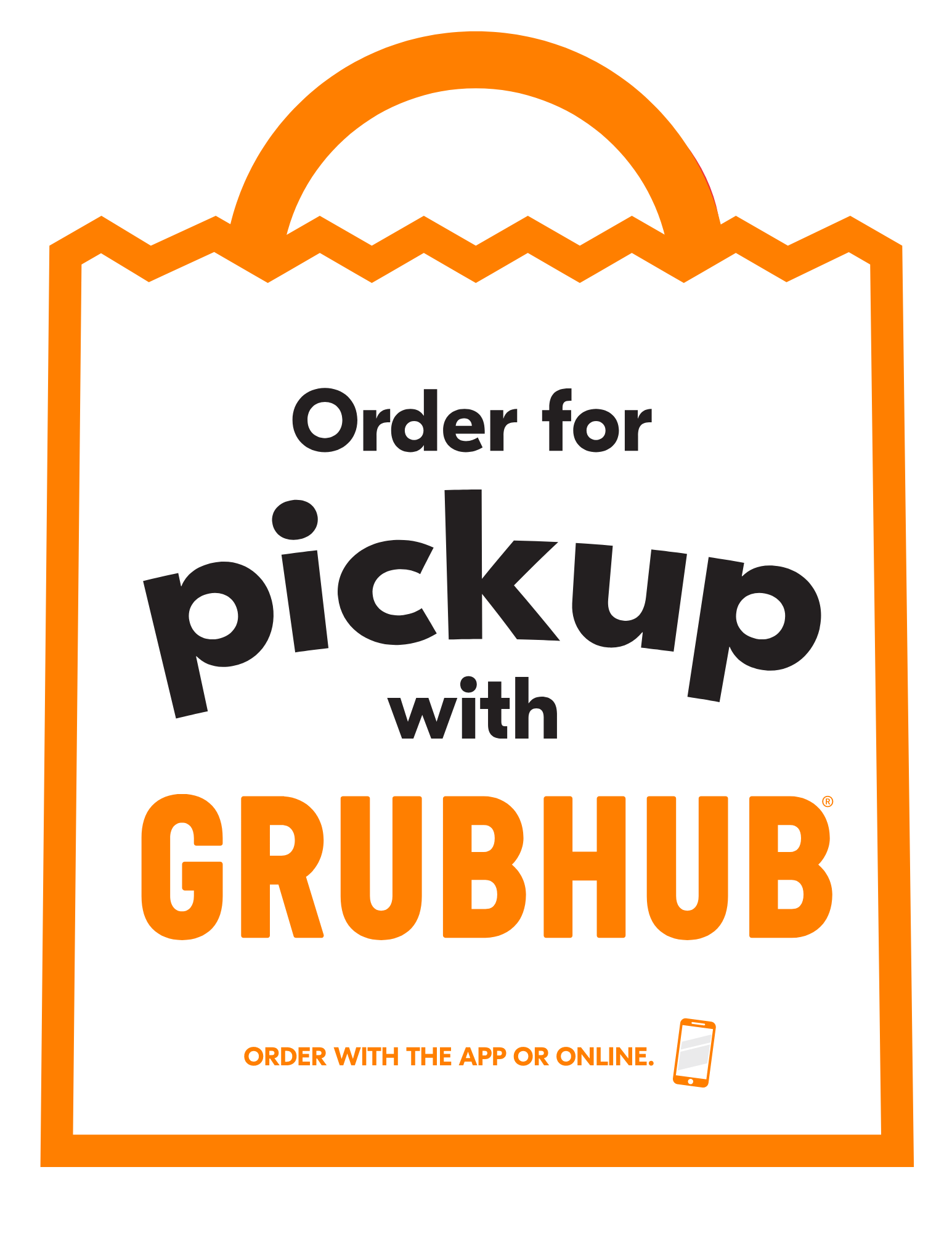

:max_bytes(150000):strip_icc()/001-how-does-grubhub-work-4571012-04ba993adc834d09b8cd02271c8f98e9.jpg)
